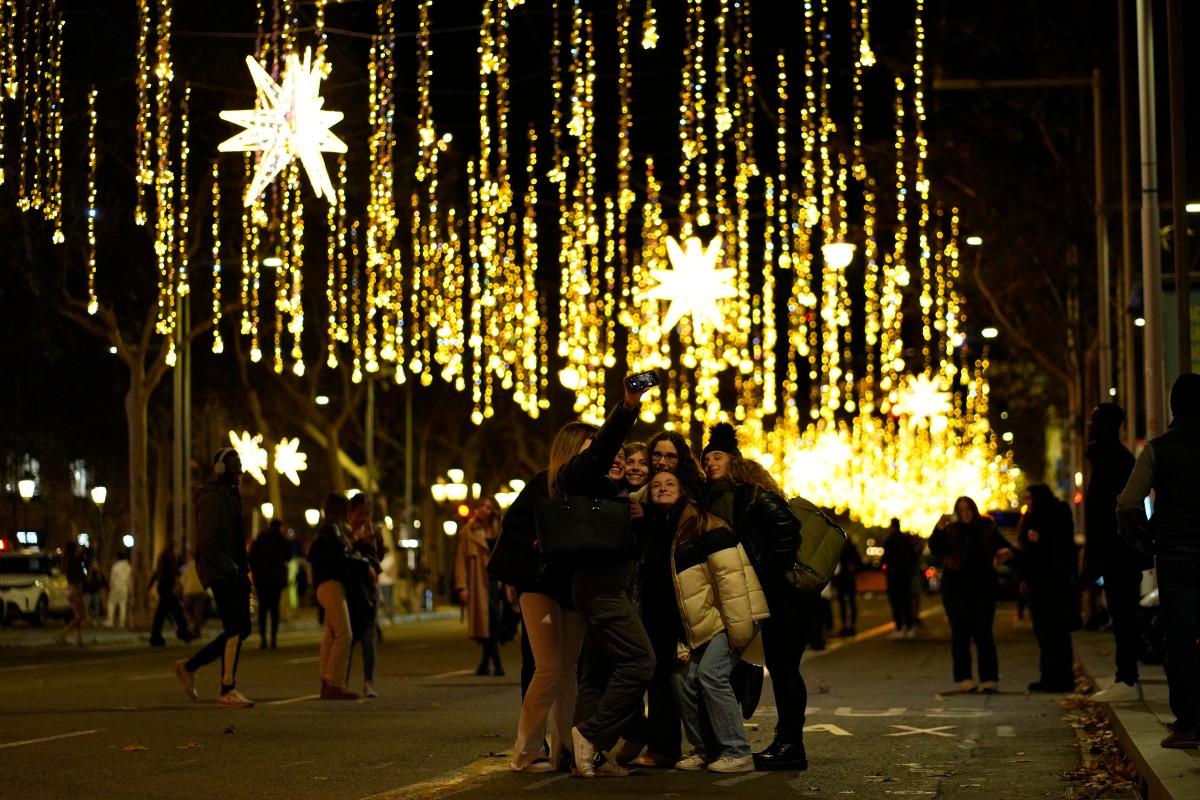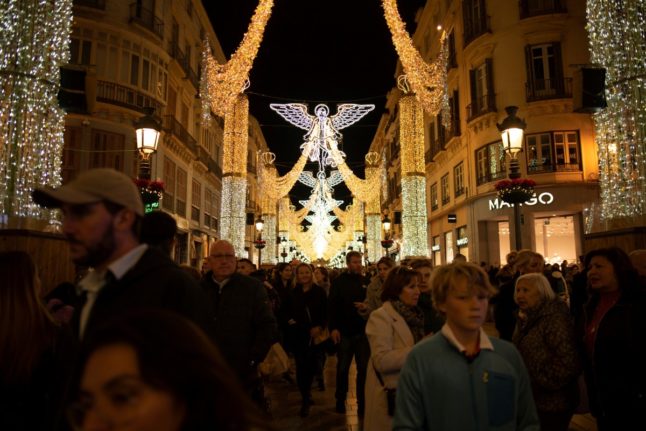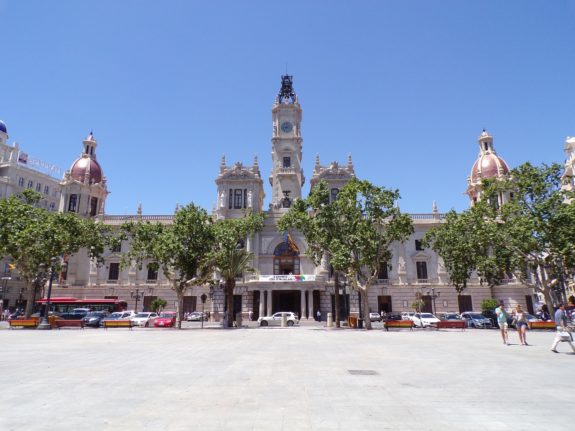Despite the rise in travel costs, throngs of Spaniards have travelled during the early December holiday, causing congestion in many of its major cities.
The December puente or ‘bridge’ began on December 6th with Constitution Day, followed by the Day of the Immaculate Conception on December 8th, with many taking the 7th off too and heading away for a five-day break making it a long weekend.
Spain’s General Directorate of Traffic estimated that at least eight million cars would be travelling on the roads over the holiday and that most of them took place between Tuesday December 5th and Friday December 8th, especially along the Mediterranean coast, central and southern Spain.
Madrid
Madrid City Council activated their ‘black’ and highest level of police monitoring in the streets of the capital due to the huge influx of extra people.
Local press reported human traffic jams, suffocating metro carriages, long queues just be served at bars and slow-pace moving around the city centre over the holiday.
“It reminds me of those videos you see of hoards of people in Japanese cities crossing the street,” one tourist told Spanish newspaper El Mundo.
El suceso más terrorífico de la historia de la humanidad pic.twitter.com/94WvegR0RM
— winter ✿ (@winteralar) December 8, 2023
Barcelona
The situation was no different in Catalonia, where large crowds descended on the centre to see the Christmas lights and markets. Barcelona’s Passeig de Gràcia boulevard was particularly busy, with swathes of people stopping to watch the Christmas light display on the façade of Gaudí’s Casa Batlló. So many people stopped outside the building to take pictures of the display along with the Christmas lights that they caused several traffic jams and police had to intervene.
Urban Police also had to warn the public to not stand in the middle of pedestrian crossings in order to take photos of the Christmas lights which decorate the avenue, endangering both themselves and the circulation of traffic.
On Sunday, December 10th Barcelona City Council decided to remedy the situation by cordoning off the sides of the two side streets running parallel to Passeig de Gràcia in addition to calling up more police reinforcements.

Seville
In the Andalusian capital up, to 300 local police officers were deployed to monitor the city centre and keep the crowds in check. Online newspaper El Español described the scenes in the city as “a human river that fills any corner” and reported on the long queues and extra noise.
The Seville City Council confirmed that although very busy there were no major incidents.
Málaga
In Málaga city, famed for its Christmas light displays, local media reported that cafes and restaurants were completely full and long queues to wait for tables becoming very frequent.
The hospitality sector meanwhile confirmed that they are breaking billing and employment records. Business meals and the appeal of Christmas lights are also mentioned among the causes of the boom. According to recent stats, Málaga is now the third province in Spain, after Madrid and Barcelona, to employ the most people in the hospitality industry, more than 103,000.
Asturias
Not even typically quiet northern Spain could escape the crowds during the holidays with authorities in the region of Asturias reporting many hotels close to being full and blaming the throngs on the good weather of above 20C, making it warmer than the Balearic Islands, Valencia and Andalusia over the long weekend.
But it wasn’t just cities such as the capital of Oviedo that were packed, as two of its Parador hotels – Parador de Corias and Parador de Cangas de Onis said they were at capacity. Director, Daniel González from Parador de Corias said that “the weekend and Friday we were at 100 percent, and the previous days, above 90 percent”.
Toledo
In historic Toledo, there was a tale of two cities with residents and members of the political party PSOE, complaining about the hordes over the break, stating that there was a complete “collapse” as well as “problems – of mobility – seen in Santa Bárbara, the Paseo de la Rosa, the Azarquiel bridge, La Cava, Reconquista avenue, Madrid avenue and other roads that have been saturated”.
The Toledo council of PP and Vox, on the other hand, congratulated themselves on the “historic packed house” that the city experienced during this pre-Christmas long weekend. Mayor Juan José also praised the local police “for their excellent coordination work and their speed in making Toledo a safer city”.



 Please whitelist us to continue reading.
Please whitelist us to continue reading.
Member comments